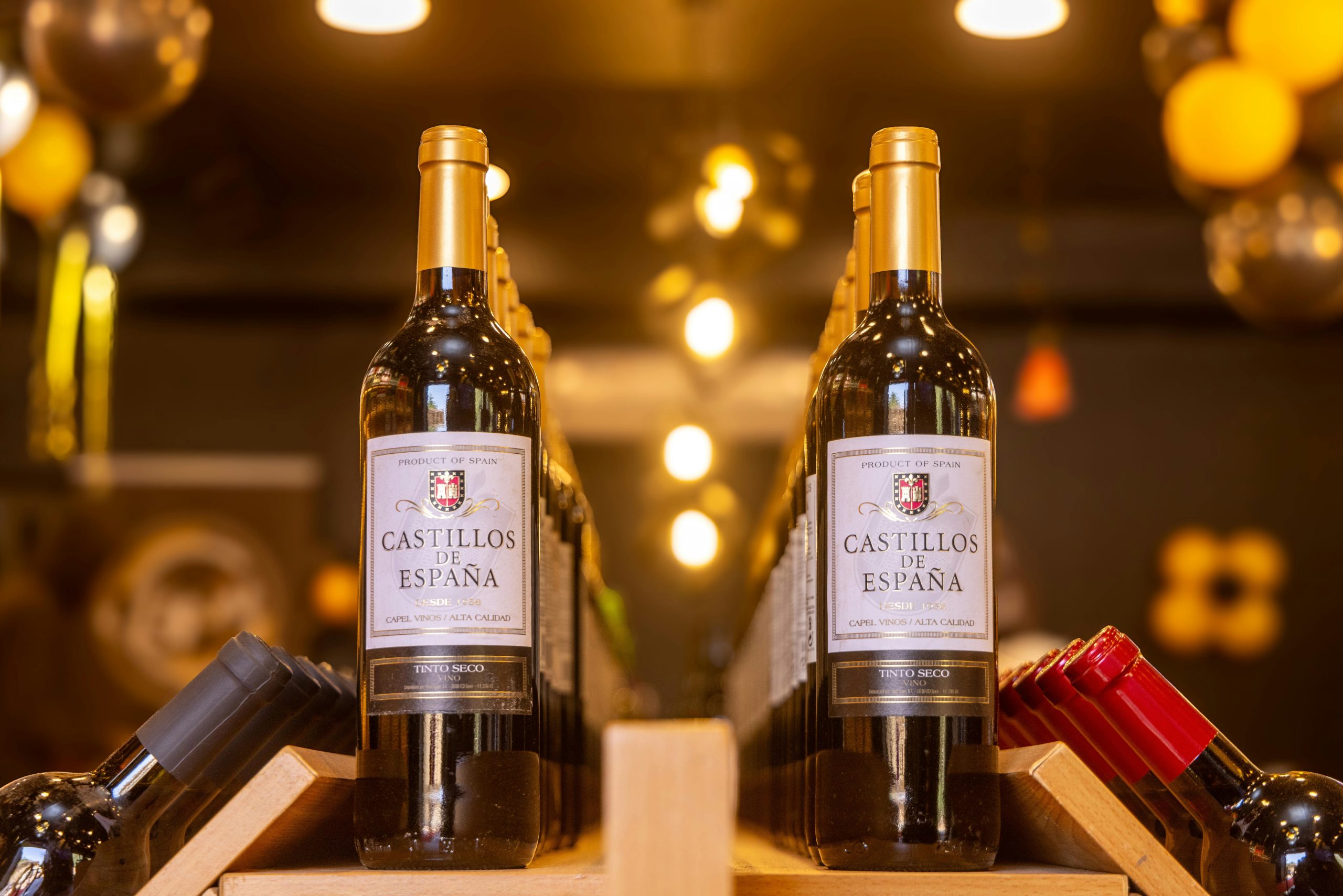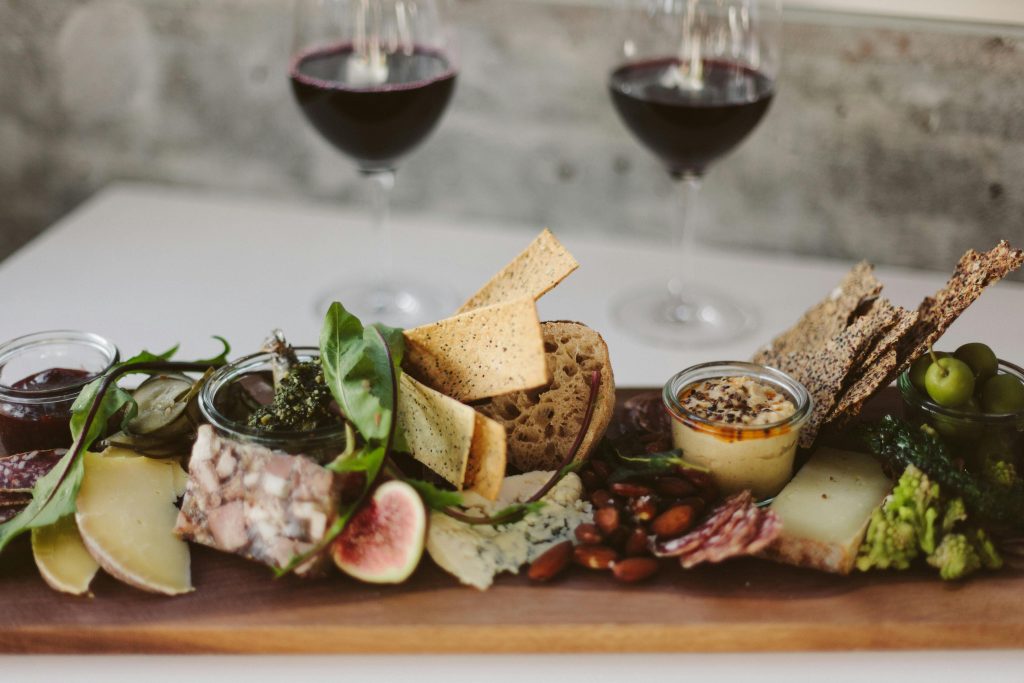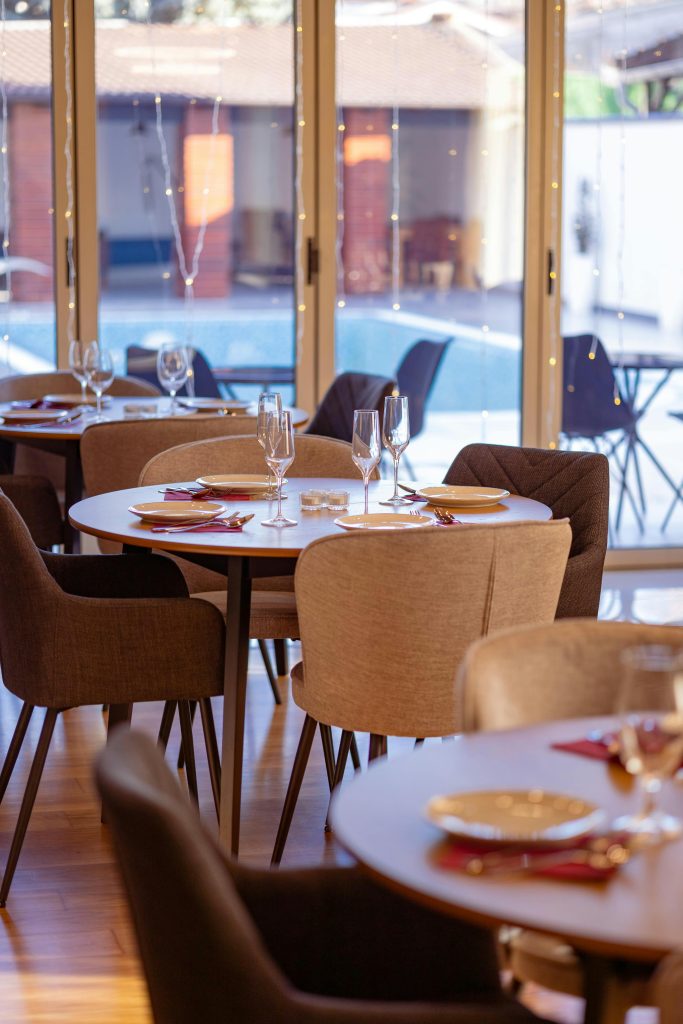
“Castillos de España” literally translates to “Castles of Spain,” a name that conjures up visions of medieval fortresses, expansive vineyards, and centuries-old winemaking traditions. In this post, we take a closer look at the Tinto Seco (dry red) from this brand, exploring its Spanish roots, possible flavor profile, and how to best enjoy it.
A Brief History & Label Clues
One of the first things that stands out on the label is “Since 1569,” suggesting this wine is tied to a long history of Spanish winemaking. While many Spanish producers incorporate historical dates to emphasize heritage, a date this old implies there may be substantial tradition behind it—perhaps referencing a founding year or a lineage of winemakers over centuries. The label also bears the words “Capel Vinos / Alta Calidad,” which translates to “Capel Wines / High Quality,” reinforcing the notion that this brand aims to highlight both premium quality and heritage.
The label doesn’t specify the Denominación de Origen (D.O.) or the exact grape varietals, leaving some mystery around its precise region. Spain has dozens of wine regions, each with its own climate, grapes, and styles. Nonetheless, because it is marketed as a Tinto Seco, one can reasonably assume it’s made in a style commonly associated with widely planted Spanish red grapes—such as Tempranillo, Garnacha (Grenache), or a blend of indigenous and international varietals.
Spanish Winemaking Context
Spain’s wine culture is as deep and varied as its landscape—ranging from the cooler, damp regions along the Atlantic coast to the warm and dry Mediterranean areas. Tempranillo-based wines (famous in Rioja and Ribera del Duero) typically display ripe cherry, plum, and a hint of tobacco or leather when aged in oak. Garnacha, on the other hand, can bring spicy red fruit flavors and a slightly lighter body if used as the dominant grape.
Given the label description “Tinto Seco” without further details (like “Crianza,” “Reserva,” or “Gran Reserva”), this wine is likely unoaked or only lightly oaked, intended for immediate enjoyment rather than long-term aging. That style often leads to a fresher, fruit-forward red wine, which can be wonderfully versatile at the table.
Tasting Profile (Likely Characteristics)
While the exact profile depends on the blend and region, a general expectation for many Spanish Tinto Seco wines is:
- Color: A medium to deep ruby color, indicating ripe fruit content.
- Aromas: Bright red fruits (cherry, raspberry, red plum) on the nose. Depending on any oak influence, you might also detect subtle vanilla or baking spices.
- Flavors: Ripe red berries, a gentle kick of spice, and moderate tannins that make it approachable. In more robust examples, dark fruit (blackberry, blueberry) or earthy undertones might appear.
- Body & Finish: Typically medium-bodied with a dry finish. The tannins are present but not overwhelming, making it suitable for a wide variety of dishes.
Food Pairings
Because Spanish reds are famously food-friendly, this Tinto Seco should pair well with a variety of cuisines. Here are some pairing ideas:
- Spanish Tapas: Try it with traditional bites like jamón ibérico, olives, or patatas bravas.
- Grilled Meats: The wine’s fruity yet dry character complements roasted or grilled lamb, beef, and pork.
- Paella: Spain’s emblematic saffron-infused rice dish—particularly versions with chorizo and chicken—would make a harmonious match.
- Hearty Vegetarian Dishes: Think roasted vegetables (eggplant, peppers, zucchini) or tomato-based pastas with herbs and spices.

How to Serve
For a Tinto Seco such as Castillos de España, consider these tips:
- Temperature: Serve slightly below typical room temperature (around 60–65°F or 15–18°C). This helps the fruit nuances and any subtle oak or spice notes come through without being masked by excessive warmth.
- Decanting (Optional): If the wine is young and fruity, a long decant may not be necessary. However, giving it 15–30 minutes of air before serving can help mellow any sharp edges and open up the aromatics.
- Glassware: A standard red wine glass is perfectly fine. The bowl’s shape concentrates the aromas toward the nose for a fuller experience.
Overall Impression
The story behind “Castillos de España” rests on evoking Spain’s storied legacy of winemaking and medieval architecture. Although the bottle’s details are somewhat limited, its branding and style strongly suggest a straightforward, enjoyable red wine that highlights fresh fruit, Spanish character, and a dry finish suitable for everyday occasions or friendly gatherings.
If you’re looking for a Spanish red that honors tradition without straying into overly heavy territory, Castillos de España Tinto Seco might be an easygoing choice. Its balanced nature and approachable price point (depending on your local market) could make it an appealing go-to bottle for those exploring Spanish reds for the first time, as well as a satisfying option for more seasoned wine fans who appreciate a good-value weekday dinner pairing.
Have you tried Castillos de España Tinto Seco or a similar Spanish red? Let me know your thoughts in the comments. Spanish wines offer such diversity and depth—sometimes all you need is a label with the right heritage and a glass that welcomes you to discover the magic within.
Curious about more wine reviews? Visit our Wine Reviews.
